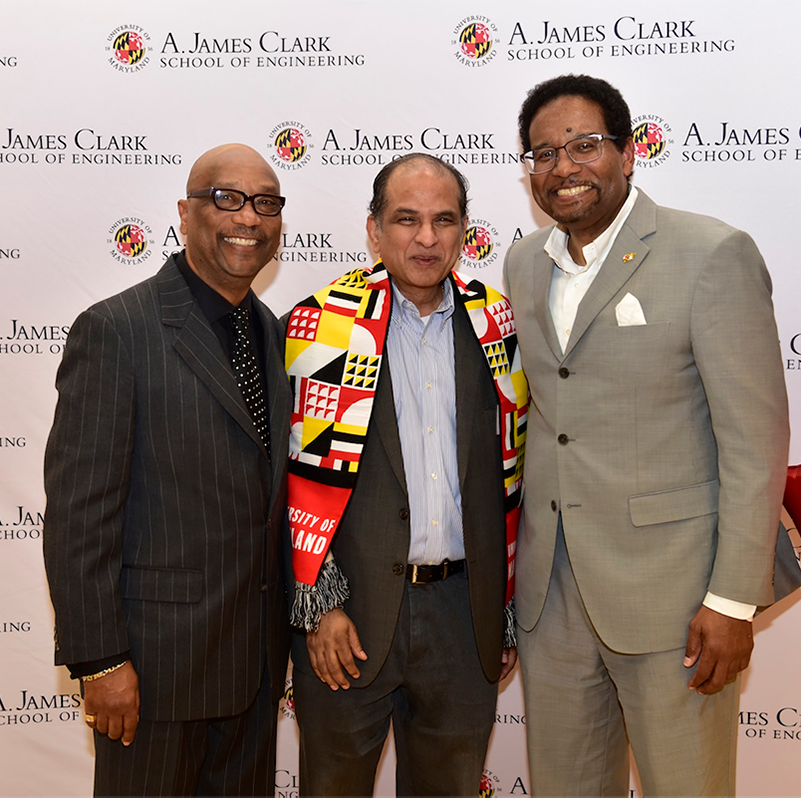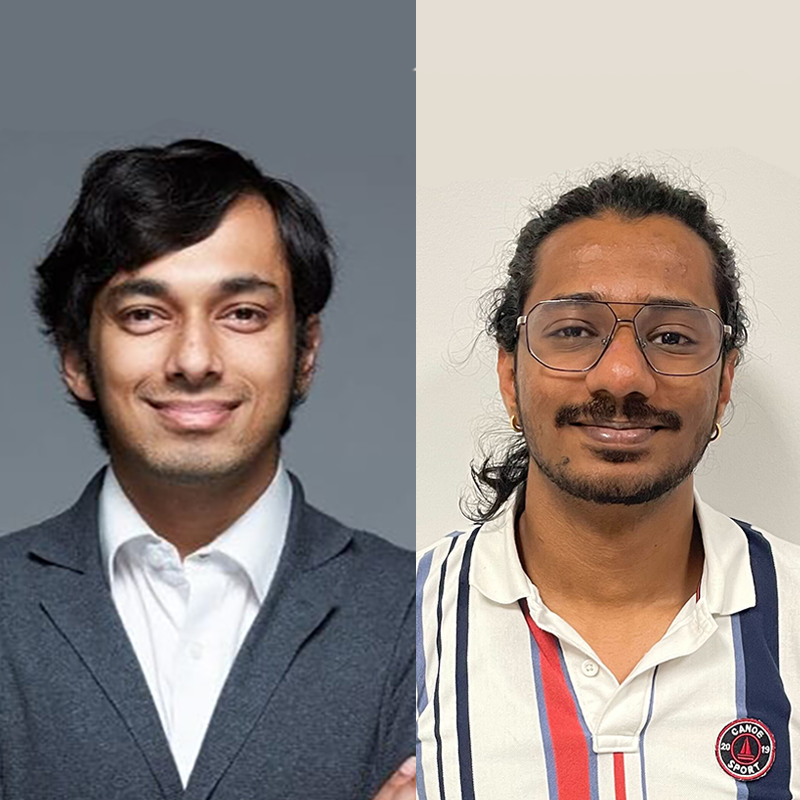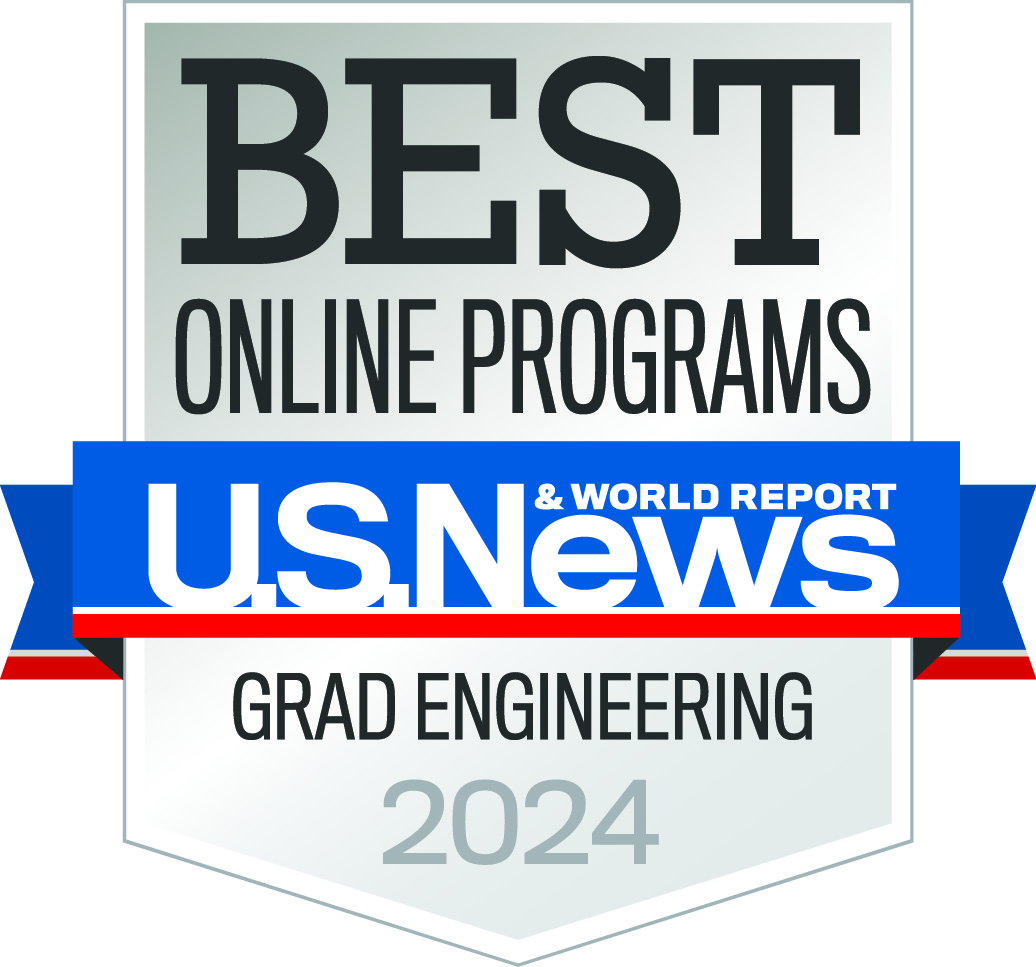News Story
ME Graduate Student Wins GRID; is Finalist in Maryland Business Plan Competition
Mechanical Engineering graduate student Alok K. Priyadarshi has been named the First Place Winner of the Graduate Research Interaction Day (GRID), presenting his Masters research on Automation of Mold Design. The audience and the judges were engaged and extremely impressed by the novelty in his problem approach. They were also pleased to see the commercial relevance of the technology.
GRID is an annual event that provides a common platform for presentation of propriety research as part of a cross-disciplinary graduate research competition. 116 graduate students participated in GRID 2003. For further details go to www.gsg.umd.edu/GRID.
Priyadarshi is also one of six finalists (out of 43 entries) of the 2003 Maryland Business Plan Competition. For more information, go to www.hinmanceos.umd.edu/Business_Plan/2003/.
The Automated Mold Design project addresses the need of how to quickly and automatically design molds for geometrically complex objects such as automotive parts, toys, plastic consumer goods, and scanned organic shapes. Mr. Priyadarshi and his advisor, ME Associate Professor Satyandra K. Gupta, have developed mold design software called Multi-Piece Mold Designer (MPMD) that automatically generates the mold geometry at the click of a button. Taking a computer part file as the input, MPMD automatically performs all the mold-design steps: Finding Parting Directions, Locating Parting Lines, Creating Parting Surfaces, and Constructing Mold Pieces. It then outputs the geometry of individual mold pieces as computer files that can be rapid-prototyped or machined to produce molds for injection molding.
Automating the mold design process serves to address the need to eliminate design errors, improve quality, and reduce the design and manufacturing lead times. For simple parts, MPMD helps avoid the grunt work mold designers have to go through for designing molds. For complex parts where designers can commit a mistake or may not consider alternate design options, MPMD generates an optimal mold design quickly and automatically. In addition to designing molds, MPMD can also be used for designing and process planning of parts to be molded, and generating tooling price quote. MPMD will also be useful in manufacturing of scanned 3D objects because scanned models unlike CAD models, do not have obvious parting lines. Manufacturing of scanned data has applications in prosthesis, replication of industrial clay models, museum artifacts, statues, popular human figures and customized shoe lasts and jewelry.
This technology was developed under Associate Professor S.K. Gupta's Office of Naval Research (ONR) Young Investigator Award.
Published April 15, 2003









